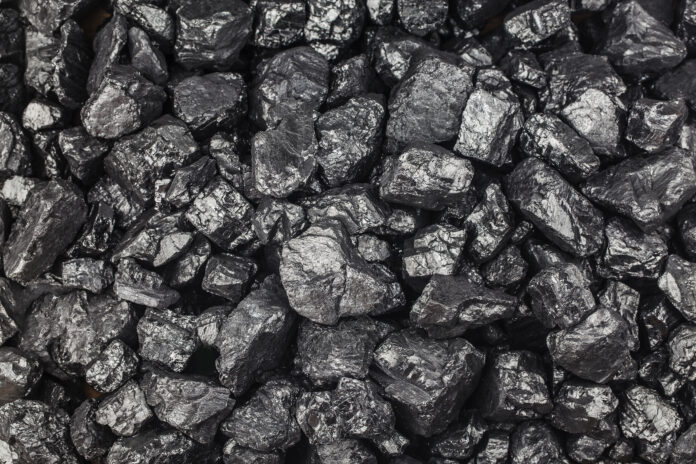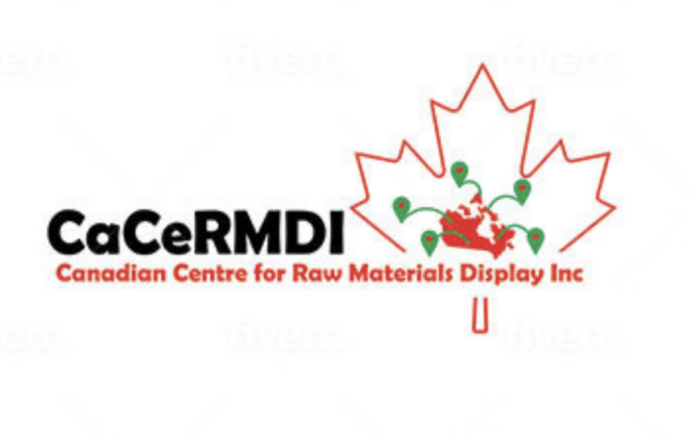Copper is a metallic mineral raw material utilized in many manufacturing and construction industries in the world such as the production of solar cells and electric vehicles, electrical wires and cables etc. A trace amount of copper is an essential component in plant and animal food intake as living things for sustenance. Copper is soft and malleable, durable, machinable, corrosion resistant, and has the ability to be cast with high precision. The urgent need for a transition to green energy has dramatically increased the demand for copper in clean technologies of the world. However, Canada is one of the largest producers after nine countries.
This metallic raw material does not degrade or lose its chemical and physical properties during the process of recycling which helps to extend its use and minimize its waste.
In Canada, we have a robust copper recycling industry from which significant amounts of copper are recovered.
Over half of the copper from all Canadian mines comes from the province of British Columbia followed by Ontario, Quebec and Manitoba whereas the rest comes from other provinces and territories.

















